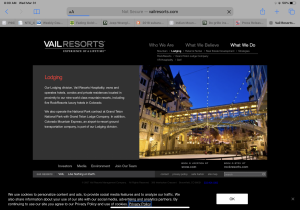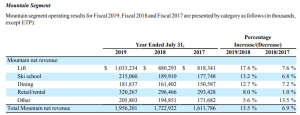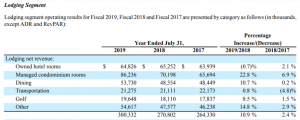If it came down to choosing to buy resorts in SoCal or Eastern US, then the larger population of the east and all its feeder resorts that Vail now owns for day skiers and Stowe for weekend ski trips and western resorts for ski weeks, makes sense.
Vail even bought Stevens for Seattle day skier visits and Whistler for Seattle weekend and ski week skiers; again, it makes sense.
The entire state of of WA has a population of 7.6 million. The SoCal area has 22 million, all within a 3 hour drive of Big Bear and many of them much closer than that. Mammoth is 6-7 hours from that. Do you think any of those people are buying the Epic pass? No. Because they get Squalpine, Mammoth, and BBMR all on the Ikon. When they choose luxury ski vacations, which resorts do you think they look at? Vail blew it on this one!



